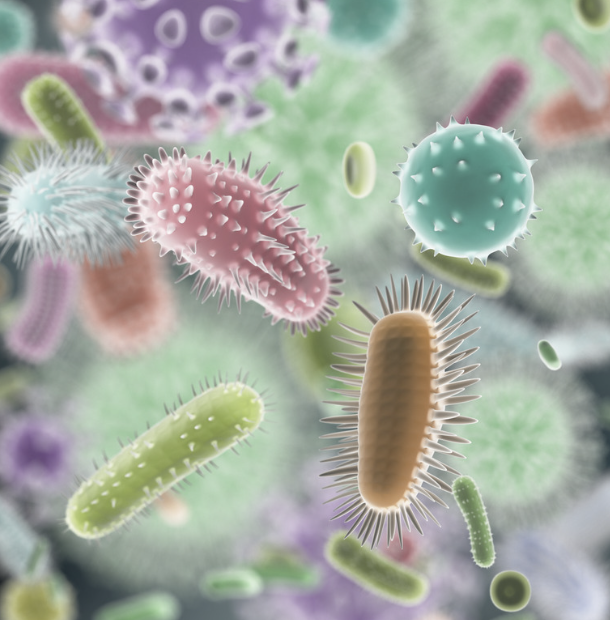What are they?
Ureaplasma species such as Ureaplasma urealyticum and Ureaplasma parvum, are common bacteria found in the genitourinary tract, but they are increasingly deemed to be pathogenic.
How may Ureaplamsa impact female reproductive health?
- associated with adverse pregnancy outcomes such as preterm birth & miscarriage. The bacteria may infect fetal membranes leading to inflammation & adverse outcomes.
- linked to PID and other reproductive health concerns.
How may Ureaplamsa impact male reproductive health?
- associated with semen microbiome dsybiosis, which increases infection risk.
- trigger an immune & inflammatory response, creating a hostile environment for sperm.
- linked with sperm damage inc: DNA fragmentation & reduced sperm motility.
Research findings:
A systematic review evaluated the role of Ureaplasma urealyticum as a genital pathogen in female health, analysing its association with infertility and other conditions.
(Kletzel et al., 2018)
Ureaplasma infections have been correlated with:
- lower sperm counts
- higher rate of sperm DNA fragmentation,
which are markers of poor sperm quality and fertility issues.
Symptoms:
Ureaplasma infections are often asymptomatic (without symptoms). However sometimes symptoms may occur:
- pain during urination, sex
- abnormal discharge
- unpleasant smell
- fertility concerns
How to tell if Ureaplasma species are present & a concern?
ScreenMe’s NGS testing shows which Ureaplasma species are present & the % of each species present.
This allows you to understand the extent to which Ureaplasma species are present in your microbiome or not.
Conclusion
Ureaplasma species can significantly impact the vaginal microbiome, contributing to fertility issues.
Research highlights the need for regular screening & treatments when Ureaplasma species are detected, as it may restore the balance of the vaginal microbiome.
Fariba Khonsari




